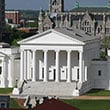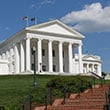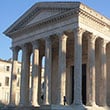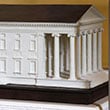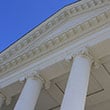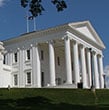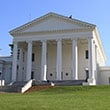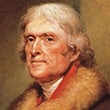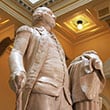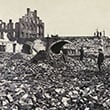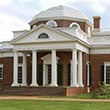Virginia State Capitol
Virginia State Capitol
As a founding father of the United States, Thomas Jefferson was passionate about America’s independence from Britain. He was no fan of the king of England and, by extension, no fan of the Georgian architecture that bore the kings’ name.

Watch the Segment
So when the state of Virginia needed a new government building, Jefferson – a self-taught architect and former governor of that state – took his inspiration from a source very far removed, geographically and historically, from the British colonial architecture of the day.
Serving as America’s minister to France at the time, Jefferson visited the Maison Carrée, a classical Roman temple in southern France dating back to 16 B.C. He was thoroughly entranced by this monumental ancient structure, describing it as “the best morsel of antient [sic] architecture now remaining.”

Web Exclusive Video
During the Civil War, Richmond served as the capital of the Southern Confederacy, and the Virginia State Capitol building housed both the State assembly and the Confederate government. Watch the story.
Jefferson hired the French architect Charles-Louis Clerisseau to draft a design for a similar building in Richmond, Virginia. He even commissioned and sent back to the U.S. a scale model that is displayed at the Virginia State Capitol to this day.
The Virginia State Capitol was Jefferson’s declaration of independence from British architecture. Its influence is seen in more than two centuries of neoclassical government and commercial buildings across America, from local banks and post offices to the U.S. Capitol Building in Washington, D.C.
Learn more
Civil War-Era Richmond
A time line of the Civil War, with photographs of Richmond, Virginia
You Are Here
Richmond Canal Walk
To learn more about Richmond’s history, stroll along the Kanawha Canal adjacent to the James River and check out the markers denoting dramatic events from more than four centuries of Richmond history. The canal itself is historic; in 1784, George Washington lobbied the Virginia General Assembly to build it in order to open up transportation and trade routes to the west. Later, railroads would overtake canals as the preferred trade route, but this early and ambitious effort offers a window into the vision of our founding fathers. Don’t miss Belle Isle, which served as a Confederate prison camp during the Civil War.
More information: Maps of the Canals and Belle Isle Prison


